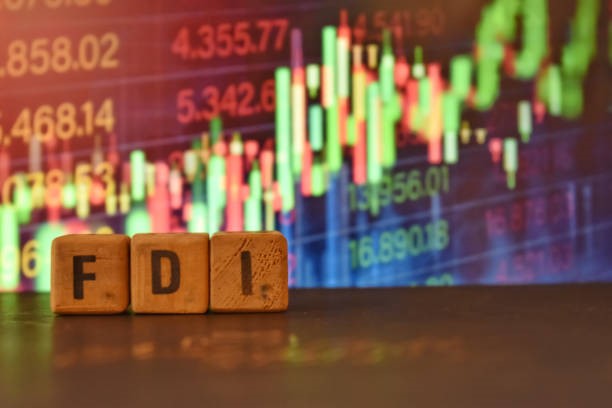In June, Egypt’s non-oil private sector showed improvement, buoyed by easing price pressures and increased demand following foreign investments from the UAE and an expanded IMF deal. According to a recent survey by S&P Global, the Purchasing Managers’ Index (PMI) for Egypt rose to 49.9, indicating the sector is nearing recovery after 43 months of contraction.
S&P Global highlighted that Egyptian non-oil companies saw higher sales volumes in June, marking the first growth since August 2021. The survey coincided with the swearing-in of a reshuffled cabinet focused on curbing inflation and boosting investment.
While the new orders sub-index reached its highest level since August 2021 at 50.2, driven by optimism in manufacturing and services, construction activity declined. Employment remained stable, with some firms increasing hiring to meet rising demand.
Egypt’s economy has been significantly reliant on the oil and gas sector. However, with the volatility in global oil prices and the pressing need for sustainable economic growth, the Egyptian government has recognized the necessity to diversify its economic base. Over the past decade, several reforms and initiatives have been implemented to stimulate growth in non-oil sectors such as manufacturing, tourism, agriculture, and information technology.
The Egyptian government has introduced a series of reforms aimed at creating a more favorable business environment. Key among these is the Egyptian Economic Reform Program (EERP), launched in 2016 in collaboration with the International Monetary Fund (IMF). The EERP focused on fiscal consolidation, monetary policy adjustments, and structural reforms to enhance competitiveness and attract foreign investment.
Despite facing input price rises, attributed to market volatility rather than sustained inflation, businesses are optimistic about future growth. S&P economist David Owen noted the potential for further expansion in output through increased sales and purchasing in the second half of the year. Uncertainty remains, as reflected in the future output sub-index hitting a historic low amid economic instability. Positive expectations for increased demand were notable across sectors, except in construction, according to S&P Global.
Economic growth has not been evenly distributed, with disparities between urban and rural areas. While reforms have been implemented, bureaucratic inefficiencies and red tape remain challenges for businesses. Infrastructure deficits in transportation, energy, and utilities continue to pose obstacles to economic growth.
Future Prospects: A Vision for Sustainable Growth
Looking ahead, Egypt’s non-oil sector holds significant potential to drive sustainable economic growth. The government’s Vision 2030 plan outlines a comprehensive strategy to transform Egypt into a competitive, balanced, and diversified economy.
Key focus areas include:
Innovation and Technology: Promoting innovation and leveraging technology to enhance productivity and competitiveness across sectors.
Sustainable Development: Emphasizing sustainable development practices to ensure long-term economic, social, and environmental benefits.
Human Capital Development: Investing in education and skills development to build a capable and adaptable workforce.
Regional Integration: Strengthening regional economic integration through trade agreements and partnerships to expand market access and economic opportunities.


